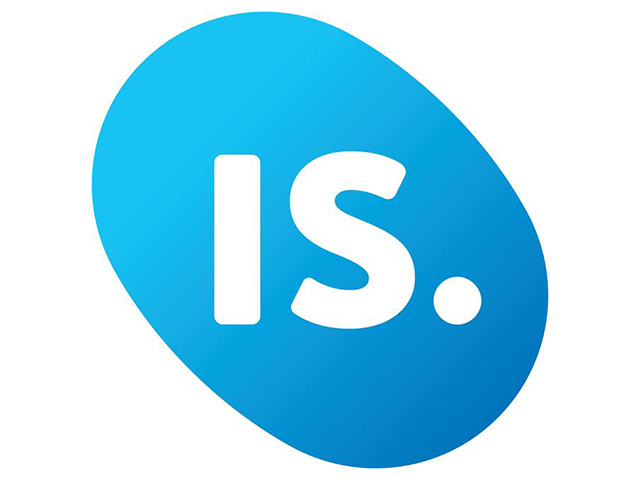The first Connected Things Forum revealed the potential of IoT in South Africa.
By Ryan Noik 27 August 2019 | Categories: feature articles
These days, it’s easy to get despondent. There is a real possibility of another global recession, South African unemployment is at an all time high, and the climate catastrophes abound, with just the massive burning of the Amazon being one case in point. And yet there is also positive forward movement being made as well, in other areas.
Take for example the recent Connected Things Forum which took place at Microsoft earlier this month. It saw Internet Solutions, the IDC, Software AG and a government representative kicking off the first of the forum sessions.
The aim of the session was to discuss the state of IoT in the country at the moment and then examine how the emerging technology could be a driver for the South African economy.
“IoT is a perfect combination of long distance, low power, low cost wireless networks to get device data to the Internet, and the limitlessly powerful logging, analytics and visualisation capabilities of the Cloud,” explained Roger Hislop, Executive Head for IOT at Internet Solutions, and chairperson of the IOT Industry Council.
So why is the formation of the IoT Council cause for hope? Firstly, because IoT as it currently stands is a R28 billion market. Hislop enthused that are a number of South African companies that are right now building devices, integrating software systems and “delivering phenomenal IOT solutions. While too often real solutions go unrecognized, Hislop stressed that the IOT Industry Council’s purpose is to make the world know about the positive developments that are taking place.
Furthermore, the potentials of IoT are very real and quite significant. Mark Walker, the associate vice president for sub Saharan Africa at IDC stressed that there are few new technologies that show this capacity to radically and permanently disrupt entire industries.
“Real-time visibility into operational systems can bring immeasurable benefits to organisations, from ultra-energy efficient buildings to frictionless logistics process to totally transparent inventory control, the applications for “Internet of Things” technologies are boundless. South Africa's spend on Internet of Things (IOT) technologies is set to top $1.9 billion (R28 billion) by the end of the year, and IDC recently released a market update on the Worldwide Semi-annual IOT Spending Guide that shows IOT spending in the MEA region will grow 15.9% year-on-year in 2019.”
The potential is there. But what about the application? That one, according to Jeanette Morwane, Deputy Director General of the Department of Telecommunications and Postal Services, is a bit trickier. She achnowledged that the economic situation doesn’t look good, with GDP growth currently at 0.8% - a far cry from the government’s ambitions of above 3% growth.
Clearly, the economy needs a boost, which IoT, along with other emerging technologies, could provide. Yet, government has a problem in this regard. “We tend to want to address all problems at once and end up not achieving solutions to any of them,” she admitted. She stressed that collaboration – particularly with the private sector – is essential to achieving anything with regards to positioning South Africa as a country that can take advantage of the fourth industrial revolution.
Even so, progress is already being made with regards to IoT adoption. Kieran Frost, the research manager for sub Saharan Africa at IDC, elaborated that manufacturing leads the way in top verticals and use cases for IoT in the country.
This is followed by transportation, particularly for fleet management and monitoring and then consumer at 14.4% in smart homes and connected vehicles. Also showing promise with regards to IoT adoption is the arena of public safety. Indeed, this year IDC expects there to be 15 000 cameras dedicated to public safety, with “significant spend in this space” expected to come.
“The applications of IOT tech is really only limited by your imagination; cost is no longer a defining factor in how you monitor and control your real-world environment,” concluded Hislop.
For more, take a look at the video clip below.
Most Read Articles

Have Your Say
What new tech or developments are you most anticipating this year?



